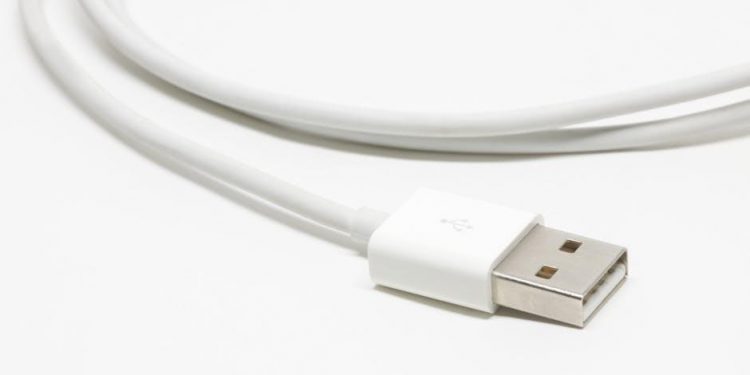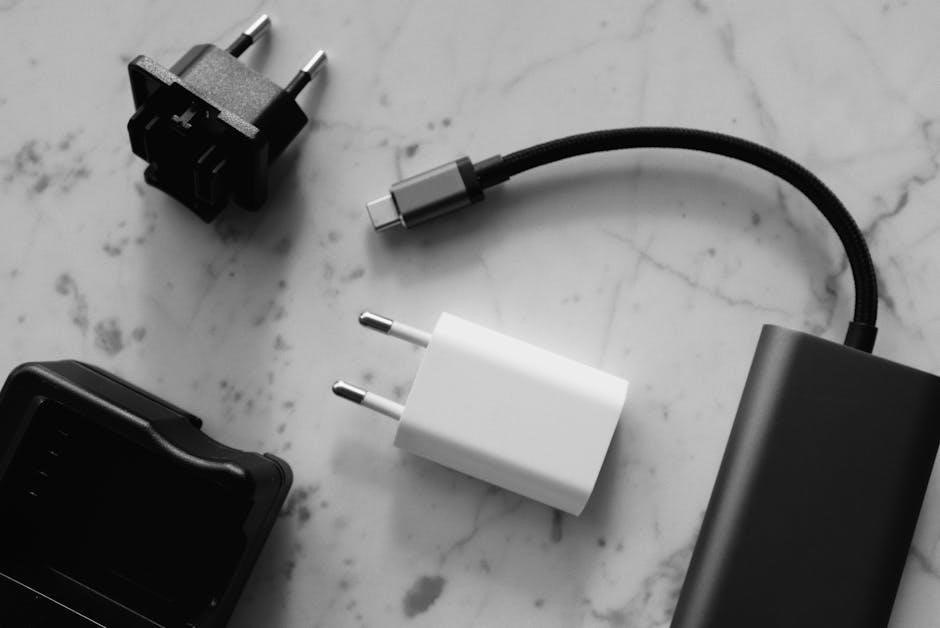Integrated Math 2 Textbook PDF: A Comprehensive Guide (Updated 11/29/2025)
Big Ideas Math 2 (Ron Larson), a popular choice, has a 2016 PDF version readily available for download, offering comprehensive mathematical function and vertex exploration.
What is Integrated Math 2?
Integrated Math 2 represents the second course within a three-year high school mathematics sequence, designed to seamlessly blend core concepts from algebra, geometry, and statistics. Unlike traditional, siloed math courses, Integrated Math 2 emphasizes the interconnectedness of these mathematical fields. This approach aims to provide students with a more holistic and applicable understanding of mathematical principles.
The curriculum, often exemplified by textbooks like Big Ideas Math 2 by Ron Larson, focuses on building upon foundational skills established in Math 1, preparing students for the more advanced topics covered in Math 3. It’s a standard found across many school districts, and readily available as a PDF for convenient access to educational materials. The course typically covers linear equations, systems of equations, geometric transformations, and introductory probability.
Core Concepts Covered in Integrated Math 2
Integrated Math 2 delves into a robust set of mathematical concepts, building upon prior knowledge. Key areas include mastering linear and absolute value equations and inequalities, often tackled using substitution and elimination methods for solving systems. Geometry takes center stage with explorations of geometric transformations, altering shapes and positions.
Furthermore, the course introduces foundational statistical concepts and probability calculations, enabling students to analyze data and predict outcomes. Textbooks like Big Ideas Math 2 (Ron Larson), frequently available as a PDF, structure these concepts. The curriculum also touches upon discrete mathematics and logical reasoning, preparing students for higher-level mathematical studies. These interconnected topics form the core of the Integrated Math 2 experience.

Popular Textbook: Big Ideas Math 2 (Ron Larson)
Big Ideas Math 2, authored by Ron Larson, consistently ranks as a leading textbook for Integrated Math 2 courses. Its clear explanations and abundant practice problems make it a favorite among students and educators alike. A significant advantage is the availability of the 2016 edition as a PDF file, offering convenient access for digital learning and study.
The textbook comprehensively covers core concepts, including linear equations, systems of equations, geometry, and introductory statistics. Students benefit from its focus on real-world applications and problem-solving skills. Finding a Big Ideas Math 2 PDF simplifies access to this valuable resource, supporting effective learning outside the classroom.

Availability of Big Ideas Math 2 PDF
The Big Ideas Math 2 2016 edition PDF is widely accessible online through various channels. Students can often find it available for free download as a PDF file or read it online directly from educational resource platforms. The Internet Archive also offers access to integrated mathematics resources, including potentially relevant editions.
However, it’s crucial to verify the source’s legitimacy to ensure a safe and legal download. While convenient, unauthorized distribution raises ethical concerns. Always prioritize official publisher websites or reputable educational platforms when seeking a Big Ideas Math 2 PDF to guarantee quality and avoid potential security risks associated with unofficial sources.
Legality and Ethical Considerations of PDF Downloads
Downloading Integrated Math 2 textbooks, like Big Ideas Math 2, as PDFs raises important legal and ethical questions. Obtaining a PDF through unofficial channels may infringe on copyright laws, potentially leading to legal repercussions. Supporting authors and publishers by purchasing legitimate copies ensures continued creation of valuable educational resources.
Ethically, unauthorized downloads devalue the work of educators and content creators. While free access seems appealing, it undermines the sustainable production of quality textbooks. Consider exploring legal alternatives like library access, rental options, or purchasing digital versions from official sources to respect intellectual property rights and contribute to a fair educational ecosystem.
Alternative Textbook Options
Beyond Big Ideas Math 2, several alternatives cater to Integrated Math 2 curricula. Exploring options like Houghton Mifflin Harcourt’s Algebra 1 & Geometry or McGraw-Hill’s offerings can provide diverse approaches to core concepts. The Internet Archive offers access to integrated mathematics volumes, spanning geometry, statistics, and algebra – potentially useful supplemental material.
Consider digital platforms offering interactive lessons and practice problems; These resources often complement traditional textbooks, providing varied learning experiences. Evaluating different publishers allows students to find a style that best suits their learning preferences, ensuring a more effective and engaging educational journey. Remember to check curriculum alignment before selecting an alternative.
Key Topics within Integrated Math 2
Integrated Math 2 comprehensively covers algebra, functions, geometry, trigonometry, statistics, and probability. Core algebraic focus includes solving linear equations and inequalities, alongside mastering systems of linear equations using substitution and elimination methods – crucial for three-variable problems.
Geometric transformations and trigonometric ratios form a significant portion, alongside data analysis and probability calculations. These topics build upon foundational concepts, preparing students for advanced mathematical studies. Textbooks, like those available as PDFs, structure these topics into manageable units, facilitating a progressive learning experience.

Algebra and Functions
Algebra and Functions form a cornerstone of Integrated Math 2, emphasizing linear equations, inequalities, and systems. Students delve into solving these equations, mastering techniques like substitution and elimination – particularly vital when dealing with three variables. The curriculum, often found within accessible PDF textbooks, focuses on applying these skills to real-world problem-solving.
Understanding functions is paramount, building a foundation for higher-level mathematics. These concepts are presented systematically, allowing students to progressively build their algebraic proficiency. Resources like Big Ideas Math provide ample practice and reinforce these core algebraic principles.
Solving Linear Equations and Inequalities
Integrated Math 2 heavily emphasizes mastering the techniques for solving linear equations and inequalities. PDF textbook resources, like those from Big Ideas Math, provide step-by-step guidance and numerous practice problems. Students learn to isolate variables, apply inverse operations, and accurately represent solutions on a number line.
The curriculum extends to absolute value equations and inequalities, demanding a nuanced understanding of their properties. These skills are foundational for tackling more complex algebraic concepts later on. Effective textbooks offer detailed explanations and worked examples, ensuring students grasp these essential mathematical tools.
Systems of Linear Equations (Substitution & Elimination)
Integrated Math 2 delves into solving systems of linear equations, utilizing both substitution and elimination methods. PDF textbooks, such as Big Ideas Math, provide clear instructions and ample practice exercises to build proficiency. Students learn to strategically choose the most efficient method based on the equation’s structure.
Crucially, the curriculum extends to solving these systems in three variables, demanding a higher level of algebraic manipulation. Textbooks emphasize the importance of organized work and careful attention to detail to avoid errors; Mastering these techniques is vital for modeling real-world scenarios and preparing for advanced mathematical studies.
Geometry and Trigonometry
Integrated Math 2 textbooks, often available as PDFs like Big Ideas Math, dedicate significant space to Geometry and Trigonometry. Students explore geometric transformations – translations, rotations, reflections, and dilations – understanding how these alter shapes and their properties. The curriculum builds a foundation for spatial reasoning and visual problem-solving.
Furthermore, the course introduces trigonometric ratios (sine, cosine, tangent) and their applications in solving triangles. PDF resources provide diagrams and step-by-step solutions to complex problems. Understanding these concepts is crucial for fields like engineering, physics, and surveying, offering practical applications beyond the classroom.
Geometric Transformations
Integrated Math 2 PDFs, such as those from Big Ideas Math, thoroughly cover geometric transformations. These include translations – sliding shapes, rotations – turning around a point, reflections – flipping across a line, and dilations – changing size. Students learn to represent these transformations algebraically and graphically.
Understanding how shapes change without altering their core properties is fundamental. Textbook PDFs often include visual examples and practice problems to solidify these concepts. Mastering transformations builds a strong foundation for more advanced geometry topics and is essential for visualizing spatial relationships. These skills are crucial for various applications.
Trigonometric Ratios and Applications
Integrated Math 2 textbooks, accessible as PDFs like the Big Ideas Math version, introduce fundamental trigonometric ratios – sine, cosine, and tangent – relating angles and sides of right triangles. Students learn to calculate these ratios and utilize them to solve real-world problems involving angles of elevation and depression.
PDF resources provide detailed explanations and numerous practice exercises. Applications include determining heights of objects, calculating distances, and navigating using angles. Understanding these ratios is vital for success in higher-level mathematics and physics. The textbook’s PDF format allows for convenient study and review of these essential trigonometric concepts.
Statistics and Probability
Integrated Math 2 textbooks, often found as downloadable PDFs like Big Ideas Math, dedicate significant sections to statistics and probability. Students learn to analyze data, interpret graphical representations, and calculate measures of central tendency – mean, median, and mode. The curriculum emphasizes data analysis and interpretation, enabling students to draw meaningful conclusions from datasets.
Furthermore, the PDF resources cover fundamental probability calculations, including determining the likelihood of events and understanding independent versus dependent probabilities. These concepts are crucial for informed decision-making and are applied in various real-world scenarios, solidifying mathematical reasoning skills.

Data Analysis and Interpretation
Integrated Math 2 PDF textbooks, such as those by Ron Larson’s Big Ideas Math, heavily emphasize data analysis and interpretation. Students learn to extract valuable insights from various data sets, utilizing graphical displays like histograms, box plots, and scatter plots. These tools facilitate the identification of patterns, trends, and outliers within the data.
The curriculum focuses on understanding measures of central tendency (mean, median, mode) and variability, enabling students to accurately summarize and compare different data distributions. Through practice problems within the PDF, students develop critical thinking skills to draw informed conclusions and make data-driven decisions.

Probability Calculations

Integrated Math 2 PDF resources, including Big Ideas Math by Ron Larson, dedicate significant attention to probability calculations. Students explore fundamental probability concepts, learning to determine the likelihood of events occurring. The textbooks cover topics like sample spaces, independent and dependent events, and conditional probability.
Exercises within the PDF guide students through calculating probabilities using various methods, including tree diagrams and formulas. Emphasis is placed on understanding the difference between theoretical and experimental probability, and applying these concepts to real-world scenarios. Mastering these skills is crucial for developing logical reasoning and problem-solving abilities.
Resources for Finding Integrated Math 2 PDFs
Locating Integrated Math 2 PDF versions requires careful consideration of legality and ethics. Official Publisher Websites, like Big Ideas Learning, sometimes offer sample chapters or digital versions for purchase. Educational Resource Platforms may also provide access, often through subscription services or institutional licenses.
The Internet Archive hosts digitized copies of older textbooks, including Integrated Mathematics II, though availability varies. Always verify the source’s legitimacy and respect copyright restrictions. Free downloads should be approached cautiously, ensuring they originate from reputable sources to avoid malware or illegal content. Prioritize legal and ethical access methods.
Official Publisher Websites
Big Ideas Learning, the publisher of Big Ideas Math 2 (Ron Larson), is the primary source for legitimate Integrated Math 2 PDF resources. While a complete textbook PDF may require purchase, the official website frequently offers supplementary materials, sample chapters, and teacher editions in digital format.
These resources provide a secure and legal avenue to access high-quality content. Checking the publisher’s site ensures you’re receiving the most accurate and up-to-date version of the textbook materials. Explore their digital offerings for potential interactive features and support tools alongside the core textbook content.
Educational Resource Platforms
Several educational platforms may host or link to Integrated Math 2 resources, including potential PDF versions. Internet Archive offers access to older editions of integrated mathematics textbooks, potentially including relevant materials. However, verifying the edition and copyright status is crucial before use.
Other platforms like educational marketplaces or online learning communities might offer access to digital copies or supplemental materials. Always prioritize legal and ethical sourcing, ensuring any downloaded PDF complies with copyright regulations. Exercise caution and verify the source’s credibility before accessing any textbook content.
Using Integrated Math 2 Textbooks Effectively
Maximizing learning from your Integrated Math 2 textbook, even in PDF format, requires consistent practice. Focus on diligently working through the practice problems, and thoroughly review the provided solutions to understand the reasoning behind each step. Don’t just memorize; strive for conceptual understanding.

Supplement your textbook study with online resources – many publishers offer additional materials like video tutorials or interactive exercises. Utilize these to reinforce concepts and explore alternative problem-solving approaches. A combined approach of textbook work and digital resources will significantly enhance your grasp of the material.

Practice Problems and Solutions
The Integrated Math 2 textbook, whether in physical or PDF form, emphasizes mastery through consistent practice. Dedicate ample time to working through a diverse range of practice problems, starting with simpler examples and gradually increasing complexity. Don’t shy away from challenging questions; they are crucial for solidifying understanding.
Critically analyze the provided solutions – don’t just check if your answer matches. Understand why a particular method was used and how each step contributes to the final result. If you struggle, revisit relevant sections of the textbook or seek help from teachers or peers.

Supplemental Online Resources
While the Integrated Math 2 PDF textbook provides a solid foundation, numerous supplemental online resources can enhance your learning experience. Explore official publisher websites like Big Ideas Learning for additional practice quizzes, video tutorials, and interactive tools. Platforms like Khan Academy offer comprehensive coverage of Integrated Math 2 topics, presented in a clear and accessible manner.
Furthermore, educational resource platforms often host practice tests and worked-out solutions. Utilize these resources to identify areas where you need further review and to reinforce your understanding of key concepts. Remember to critically evaluate the source and ensure its accuracy.
















































































